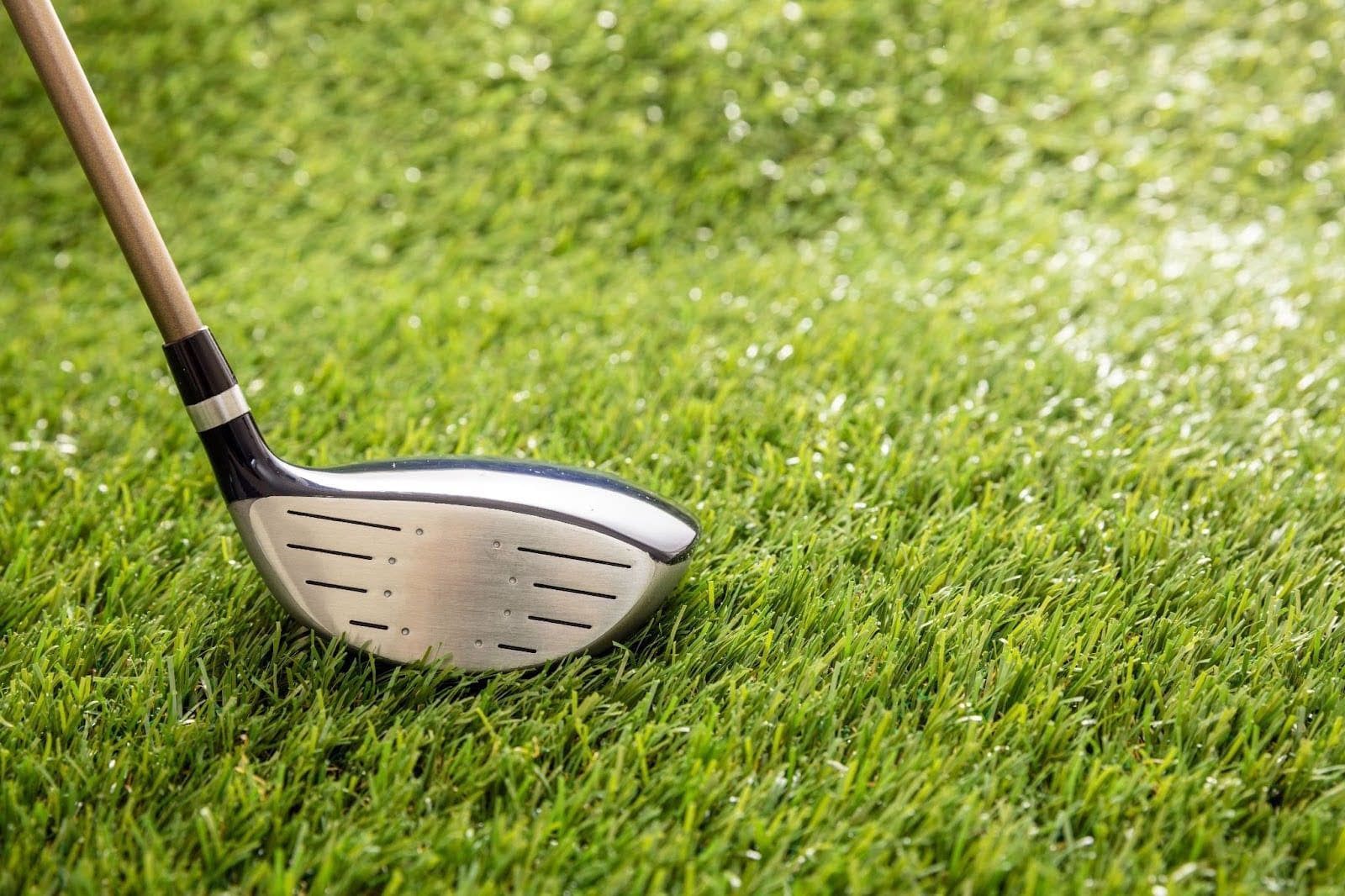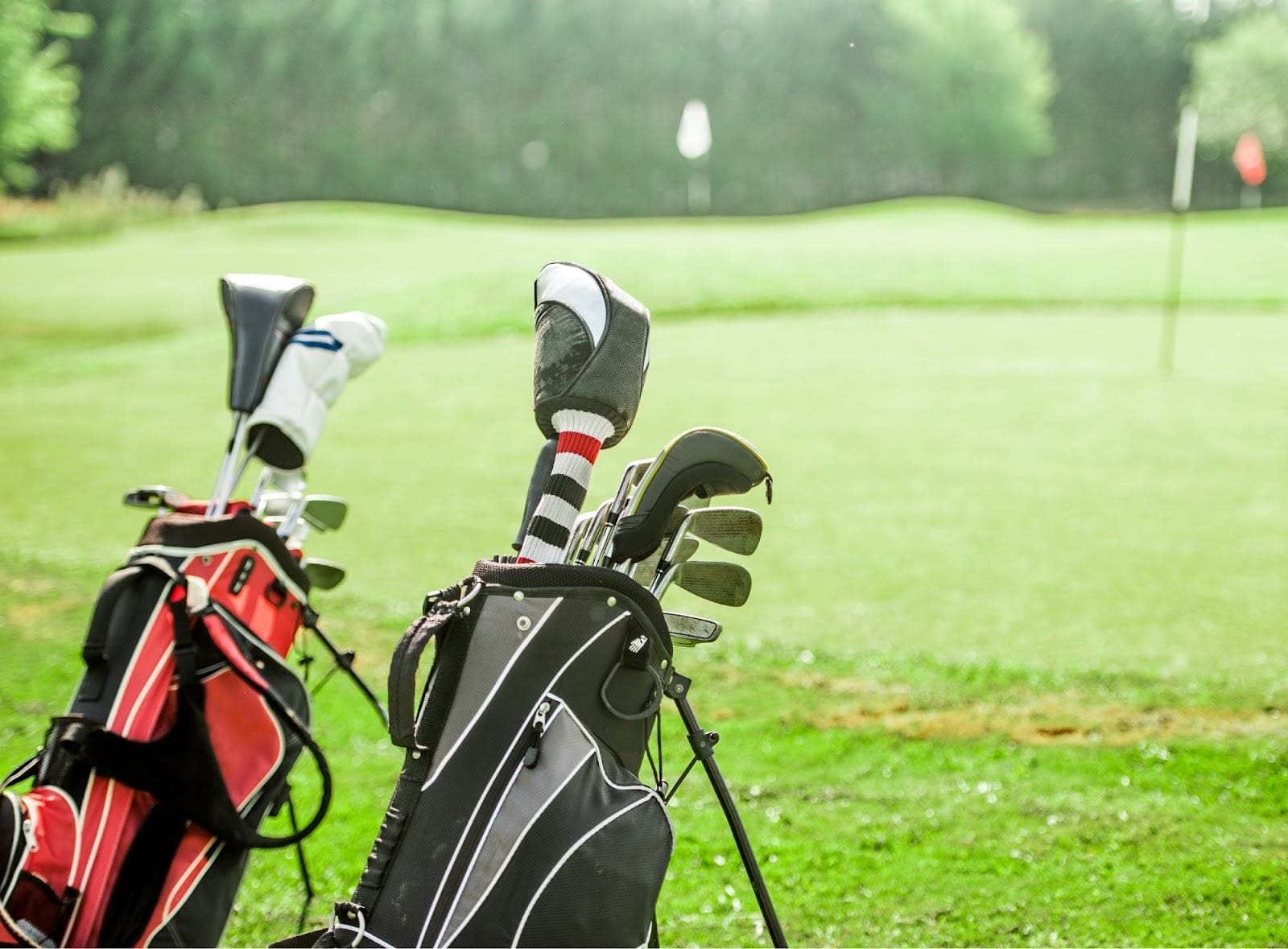How Many Irons Does Your Golf Club Set Really Need?
Summary:
Most golf sets still have 6-7 irons, but iron sets have shifted from the traditional 3–PW setup to more flexible combinations that often include hybrids or utility irons. These changes reflect a focus on playability, forgiveness, and consistent gapping. A proper club fitting helps tailor your set to your swing, ensuring each club is optimized for performance and covers a specific distance range.
Iron sets have come a long way from the traditional 3–PW lineup. While classic sets focused on consistent loft gaps and yardage coverage, modern players are leaning into versatility and forgiveness.
With the rise of hybrid clubs and utility irons, many golfers are swapping out long irons for easier-to-hit alternatives that offer better launch and control.
Today’s iron setups are all about building a set that fits your swing—and your game. See how many you should have in your set below, then try them out on your next round of golf.
Book a Tee Time
About Membership

From 3PW to hybrids: How iron sets have evolved
A traditional iron set typically includes seven clubs: from the 3-iron through to the 9-iron. This classic configuration was designed to give players a consistent yardage gap between each club, covering a wide range of distances and shot types on the course.
Clubs are numbered based on their loft. Lower numbers, like the 3- and 4-iron, offer longer distance and lower trajectory. Higher numbers like the 8- and 9-iron provide more loft for shorter, higher shots. Many sets also include a pitching wedge (PW) as part of the standard lineup.
Recently this standard has started to shift, in part due to changes in club design and player preferences. More players are now using hybrid clubs or utility irons because they offer stronger lofts and more forgiving clubhead designs.
What is a hybrid golf club?
A hybrid golf club is a versatile club that combines features of both irons and fairway woods. It typically has a smaller, more compact head than a wood but a wider, more forgiving face than an iron.
Benefits of hybrid clubs
Many golfers now favour hybrids over long irons because they:
• Are easier to hit
• Launch the ball higher with a more consistent trajectory
• Offer more forgiveness on off-centre shots
• Are easier to handle when hitting from rough or uneven lies (due to their compact design).
In addition to improving consistency, they also simplify club selection, as they can replace multiple long irons and free up space in the bag for other useful clubs.

Choosing the right clubs for your skill level
The benefits listed above make hybrids appealing to beginners. Experienced players and professionals, on the other hand, often gravitate toward traditional irons or players’ sets that offer greater control, workability, and feedback.
In recent years, however, some more experienced players have also embraced utility irons as long iron replacements, thanks to design improvements that enhance performance and feel.
Ensuring consistent yardage coverage
Gapping and distance control are essential for building a well-balanced golf set that covers the full range of shots.
Gapping is the process of ensuring that each club has a distinct and useful yardage. It depends somewhat on each individual golfer’s swing speed. Golfers with higher swing speeds might leave 10-15 yards between each club, whereas players with slower swing speeds might leave shorter gaps, such as 8-10 yards between each club.
This prevents overlaps or large gaps that can lead to indecision on the course and decrease your odds of not having the right club for a specific shot when you need it.
To make sure your golf clubs are properly gapped, follow these steps:
• Get a Professional Club Fitting: A certified fitter, like the professionals at the Winston Golf Club , can measure your carry distances, launch angles, and spin rates using a launch monitor. This helps identify any overlaps or large gaps between clubs.
• Know Your Carry Distances: Track how far you hit each club in the air, not just total distance. Use a launch monitor or a range with distance markers to get accurate data.
• Look at Loft Gaps: Check the lofts of your clubs—ideally, each club should differ by 3–5 degrees. This helps maintain consistent distance separation across your set.
• Test on the Course: Pay attention during rounds to see if certain shots leave you between clubs or if you rarely use a specific one. That could signal a gapping issue.
• Adjust as Needed: You can tweak lofts (via bending or adjustable hosels), replace clubs (like adding a gap wedge or hybrid), or rearrange your set to better cover your typical shot distances.
• Recheck Regularly: As your swing changes, your distances can too. Reassess your gapping at least once a season to keep your set optimized.
How a fitting can optimize your iron selection
A proper fitting can optimize your iron selection and fine tune the clubs you carry with you on the course. A fitting helps identify the right combination of club specifications—like shaft length, flex, loft, and lie angle—that suit your swing and body type. This tailored approach improves your shot accuracy, distance control, and consistency.
By fine-tuning these factors, a fitting ensures your irons work together seamlessly, closing any distance gaps between clubs and boosting overall performance on the course.
Learn More: Buying Used Golf Clubs in Calgary: Dos & Don’ts
Book a club fitting session at The Winston Golf Club
Book a club fitting session at The Winston Golf Club and let us optimize your iron selection. With expert guidance and professional technology, you’ll walk away with clubs that truly complement your swing—improving consistency, control, and confidence every time you step onto the course.
Make the most of your game with a personalized fitting experience from our in-house PGA of Canada professionals, designed to bring out your best game yet.
